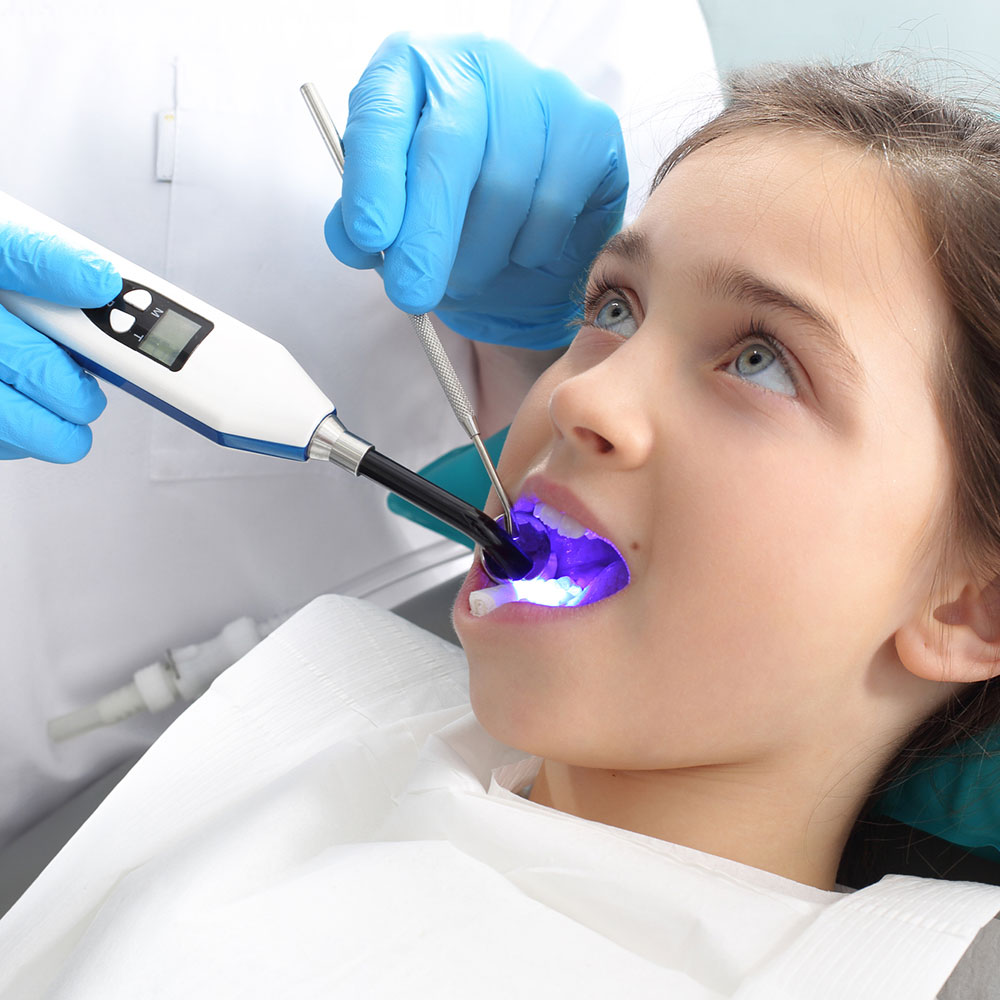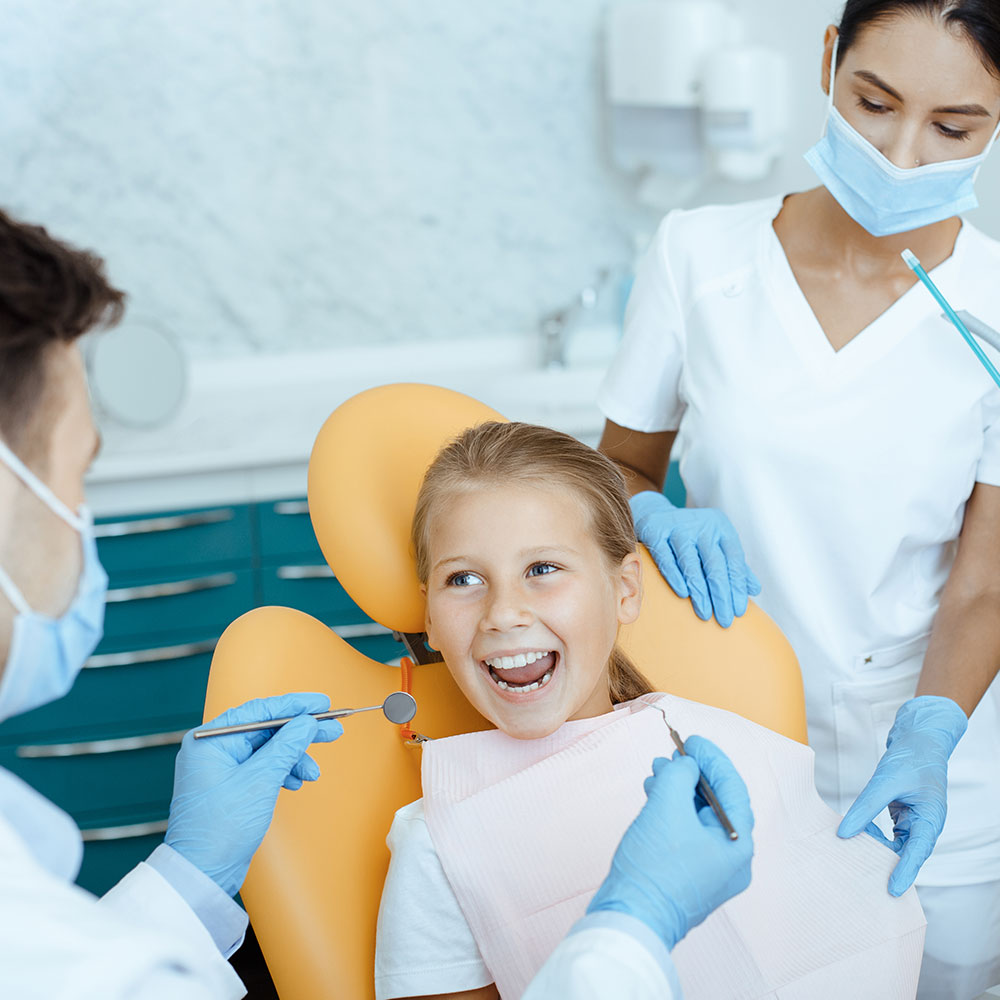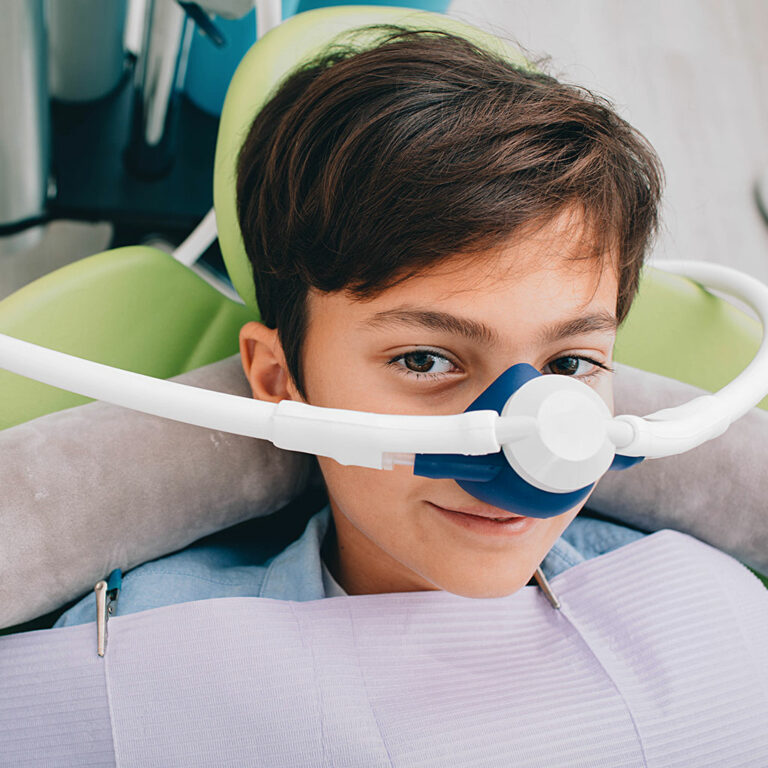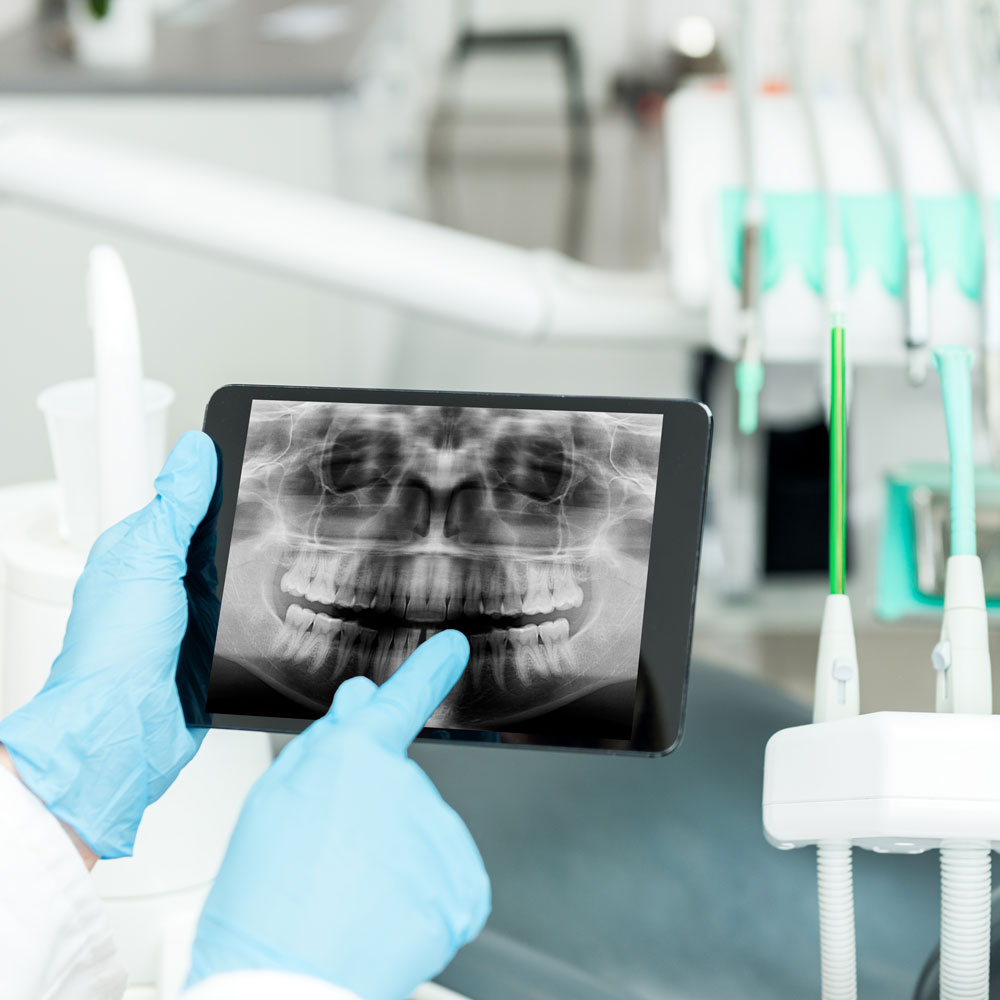Standard Cleanings and Checkups
The care we provide is the best we can for each individual child. This means the exact cleaning schedules we recommend vary from individual to individual. Your child might benefit most from cleanings every three or four months, or they might be able to spread out their visits to once every six months. Your child has unique needs, and our recommendations will meet those needs.
What happens during a standard cleaning and checkup?
- A standard dental examination
- Scaling, polishing and flossing
- Dental x-rays, if necessary
- Fluoride treatment


Fluoride Varnish Treatments
We at New Wave are constantly on the lookout for new dental technologies and procedures to help all of the children we treat. In order to provide the best treatment possible, we have decided to switch from fluoride foam treatments to fluoride varnish.
Sealant Treatment
What are sealants? A sealant is a resin material that is applied to the biting surface of teeth. It helps to make the grooves of the teeth flat to avoid food getting stuck in the grooves and sitting there for a long period of time. It can be clear or shaded. Sealants are applied in order to give the teeth a sturdy barrier between them and the food, plaque and acid that decay the tooth itself. This helps prevent tooth decay and minimize cavities.


Tooth Colored Fillings
Why do we use tooth colored fillings? These white fillings, known as composites, have several benefits. First, they blend in with the natural color of the tooth. This allows them to restore the natural appearance of the tooth, rather than replace parts of the natural white with unsightly dark metal. Composite fillings also bond to teeth more easily than traditional fillings, which mean less of the original, healthy tooth needs to be removed for the filling to be placed. All of this can be completed in one visit to our offices.
How do we place composite fillings? The process is fairly quick and easy. First, the tooth is dried and isolated from saliva, so the liquid cannot interrupt the procedure. Second, the decayed tooth material is cleaned and removed, and a bonding material is placed and set with a magic blue light. Third, the tooth-colored composite material is placed and hardened with the special light. Finally, we cover the rest of the grooves with a sealant material to protect the rest of the tooth from future decay. The result is a tooth that looks and feels like a healthy, whole tooth without dark metallic patches.
Happy Air
What is Happy Air? Happy Air is our name for N2O, also known as laughing gas or nitrous oxide. In our dental practice, we use it as a mild analgesic. Happy Air works by filling the patient with a feeling of happiness, which helps set our children at ease and lower their anxiety about dental treatment. Happy Air is a gas you can breathe, with no smell, no color and no possible irritation.
How do we use Happy Air? We apply the gas though a tube and hood assembly that fits comfortable over your child’s nose. All he or she has to do is breathe! The nosepiece comes in a variety of scents, so your child can pick a scent they enjoy. Strawberry, orange, grape, bubblegum and more are all available.
Why use Happy Air? N2O is a fast-acting and wears off quickly. Its effects can be felt within five minutes, and when the gas flow stops, those effects wear off within another five minutes of breathing oxygen. It is safe, easy to use and can be adjusted easily for your child’s comfort. The only thing that stops it is a stuffy nose. It is a gas, after all, and if your child can’t breathe it in, it won’t work.


Digital X-rays
Digital radiography (digital x-ray) is the latest and most advanced technology. This is used by dentists to ensure the most clear and accurate diagnosis is achieved.
This technique uses an electronic sensor (instead of x-ray film) that captures and stores the digital image on a secure computer.
This image can be instantly viewed and enlarged to help the dentist and dental hygienist detect and properly diagnose issues.
Digital x-rays reduce radiation by 80 to 90 % compared to the more traditional dental x-rays.
